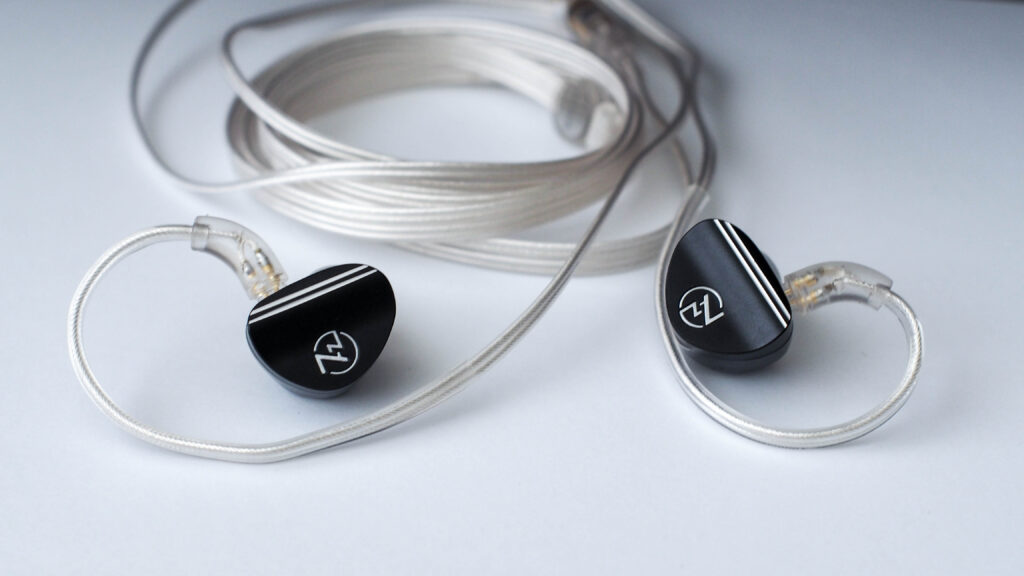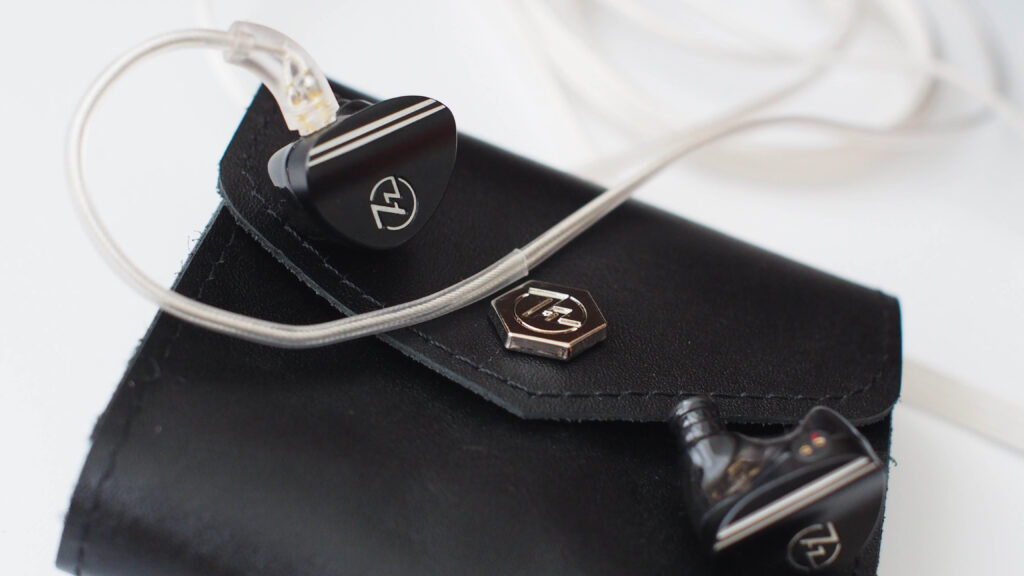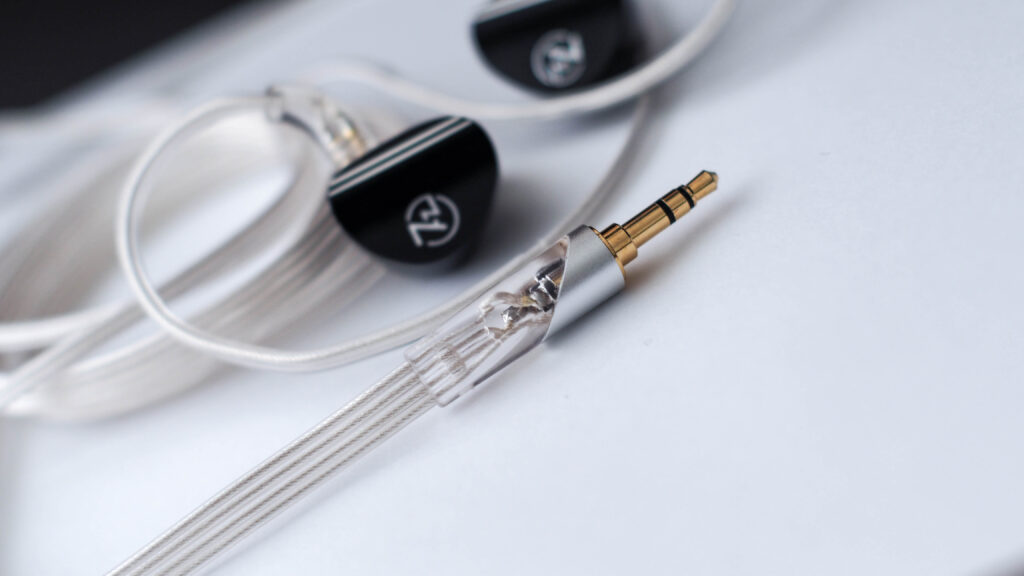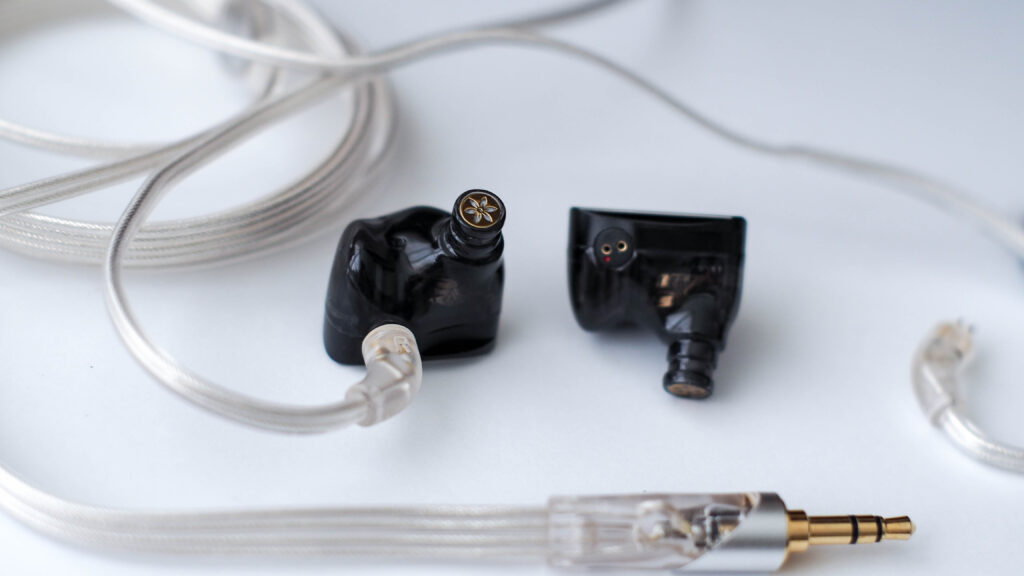𝟕𝐇𝐳 𝐒𝐨𝐧𝐮𝐬 𝐑𝐞𝐯𝐢𝐞𝐰: 𝐒𝐮𝐩𝐫𝐞𝐦𝐞 𝐒𝐨𝐧𝐢𝐜𝐬
|| 𝗜𝗻𝘁𝗿𝗼𝗱𝘂𝗰𝘁𝗶𝗼𝗻 ||
7Hz released a new budget blower around the $50 price range a few months ago that mostly came and went upon the initial hype dying down. I had this for quite a while and due to other circumstances is now trying my hand on the Sonus.
Priced at roughly $59 at the time of writing, the Sonus is packed with a single dynamic driver and a single balanced armature. The $50-$100 price range is rather competitive in the hobby with offers from the likes of more mainstream brands such as Moondrop, Truthear, KZ and Simgot. Will the Sonus be one of the mainstays in this bracket like some of 7Hz earlier releases?
|| 𝗗𝗶𝘀𝗰𝗹𝗮𝗶𝗺𝗲𝗿𝘀 ||
- I am in no way, shape, or form affiliated with the brands I review and do not give out preview privileges.
- This set is sent in exchange for an honest review. There is no material or financial incentive for me to do this review and I guarantee no exchange has been done by both parties to influence or sway our opinions on this product.
- My thoughts and opinions are of my own. My experience will entirely differ from everybody else. The contents of this review should not be considered factual as this
hobby heavily leans on subjectivity. YMMV.
- I don’t do rankings or tier lists as they can get outdated immediately as a reviewer can change their thoughts of a product to a certain extent. If you do want a recommendation then feel free to reach out so I can help out
------------------------------------------------------------------------------
𝗜 𝗮𝗺 𝗻𝗼𝘁 𝗮𝗳𝗳𝗶𝗹𝗶𝗮𝘁𝗲𝗱 𝘁𝗼
7Hertz 𝗻𝗼𝗿 𝗿𝗲𝗰𝗲𝗶𝘃𝗲 𝗺𝗼𝗻𝗲𝘁𝗮𝗿𝘆 𝗶𝗻𝗰𝗲𝗻𝘁𝗶𝘃𝗲𝘀 𝗮𝗻𝗱 𝗳𝗶𝗻𝗮𝗻𝗰𝗶𝗮𝗹 𝗴𝗮𝗶𝗻𝘀 𝗮𝘀 𝘁𝗵𝗲𝘆 𝗽𝗿𝗼𝘃𝗶𝗱𝗲 𝗺𝗲 𝗮 𝗿𝗲𝘃𝗶𝗲𝘄 𝘂𝗻𝗶𝘁 𝗳𝗼𝗿 𝗮𝗻 𝗲𝘅𝗰𝗵𝗮𝗻𝗴𝗲 𝗼𝗳 𝗳𝗮𝗰𝘁𝘂𝗮𝗹 𝗮𝗻𝗱 𝘀𝗶𝗻𝗰𝗲𝗿𝗲 𝗳𝗲𝗲𝗱𝗯𝗮𝗰𝗸 𝗳𝗿𝗼𝗺 𝘆𝗼𝘂𝗿𝘀 𝘁𝗿𝘂𝗹𝘆.
𝗢𝗻𝗰𝗲 𝗮𝗴𝗮𝗶𝗻, 𝗜 𝘄𝗼𝘂𝗹𝗱 𝗹𝗶𝗸𝗲 𝘁𝗼 𝘀𝗲𝗻𝗱 𝗺𝘆 𝗴𝗿𝗮𝘁𝗶𝘁𝘂𝗱𝗲 𝘁𝗼
Linsoul Audio 𝗲𝘀𝗽𝗲𝗰𝗶𝗮𝗹𝗹𝘆 𝘁𝗼 𝗠𝘀. 𝗖𝗮𝗿𝗶𝗻𝗮 𝗖𝗵𝗲𝗻 𝗳𝗼𝗿 𝗽𝗿𝗼𝘃𝗶𝗱𝗶𝗻𝗴 𝘁𝗵𝗶𝘀 𝗿𝗲𝘃𝗶𝗲𝘄 𝘂𝗻𝗶𝘁. 𝗜 𝘁𝗿𝘂𝗹𝘆 𝗮𝗽𝗽𝗿𝗲𝗰𝗶𝗮𝘁𝗲 𝘁𝗵𝗲𝗶𝗿 𝗴𝗲𝗻𝗲𝗿𝗼𝘀𝗶𝘁𝘆 𝗮𝗻𝗱 𝘁𝗿𝘂𝘀𝘁 𝘁𝗼𝘄𝗮𝗿𝗱𝘀 𝗺𝗲 𝗮𝗻𝗱 𝗼𝘁𝗵𝗲𝗿 𝗿𝗲𝘃𝗶𝗲𝘄𝗲𝗿𝘀.
------------------------------------------------------------------------------
| 𝗣𝗮𝗰𝗸𝗮𝗴𝗶𝗻𝗴 |
It comes in a rectangular-shaped box with branding, specs and a bunch more text both in English and Chinese. Additional information about the manufacturing of this product is located on the back of the box along with a neat exploded illustration of the Sonus.
It is a hard box that will definitely protect the goodies inside from the elements until it reaches your doorstep.
| 𝗨𝗻𝗯𝗼𝘅𝗶𝗻𝗴 & 𝗔𝗰𝗰𝗲𝘀𝘀𝗼𝗿𝗶𝗲𝘀 |
No fuss unboxing here on the Sonus, It came in a vibrant orange box with a checkered texture. Opening that shows another plastic cover with the 7Hz logo and other text for extra protective measure.
Immediately upon opening the box greets you with a really bad chemical smell. This seems to have plagued 7Hz manufacturing as this issue was also on the OG Timeless based on reviews. There is foam surrounding the IEM drivers and a black pouch containing the accessories.
𝗜𝘁𝗲𝗺 𝗕𝗿𝗲𝗮𝗸𝗱𝗼𝘄𝗻:
Usual paperwork
7Hz Sonus drivers
4-core silver-plated cable(3.5mm)
4 Fabric filters
4 Extra metal filters
3 Pairs of AET look-a-like eartips(S/M/L)
5 Pairs of KB Ear 07 look-a-like eartips (S/M/M/L/XL)
Black faux-leather pouch
The Sonus may not have modular cables or swappable nozzles but it does have an abundance of the tips and extra filters for you to use. The cable is pretty unique in that it isn’t your typical braided wires but instead is made quite flat. It really liked this stock cable even compared to some aftermarket ones and it comes with a functional chin cinch too.
| 𝗕𝘂𝗶𝗹𝗱 & 𝗗𝗿𝗶𝘃𝗲𝗿 𝗖𝗼𝗻𝗳𝗶𝗴𝘂𝗿𝗮𝘁𝗶𝗼𝗻 |
7Hz made the Sonus with a combination of transparent resin for the body and aluminum for the faceplate. It feels really quality and rather light especially with material they use for the body. It comes in 3 different colors with it being Black, Red and Silver like we have for this review.
The design is quite low-key and doesn’t look too flashy even with the Silver color( well probably not for the red variant). The faceplate has small grooves across it and an engraved 7hz logo. The top part of the drivers contains the flush 2-pin connection and the 2 vent located near the nozzle which is also made out of the same material as the rest of the body. The Sonus has a pseudo-custom fit with a small wing to help the fit but may deter people whose ear anatomy hurts from the likes of those.
This set is equipped with both a single dynamic driver and a single balanced armature driver. This combo is quite common, some even with cheaper models but one can expect to have the DD cover the low-end and the BA to cover the higher up frequencies.
| 𝗜𝘀𝗼𝗹𝗮𝘁𝗶𝗼𝗻 |
It isolates well, especially with the right set of tips on it. It doesn’t have an opening outward so unwanted noise can be filtered out through passive noise-canceling. It can be used for daily commutes but is still no match for any active noise-canceling.
| 𝗖𝗼𝗺𝗳𝗼𝗿𝘁 |
It fits really well to my ears. I never felt uncomfortable even with hours and hours of prolonged use and the wing didn’t bother me at all. Head movement also didn’t cause the Sonus to fall out of my ears.
** 𝗞𝗕 𝗘𝗮𝗿 𝟬𝟳(𝗦𝗺𝗮𝗹𝗹) | 𝗭𝗶𝘀𝗵𝗮𝗻 𝗨𝟭 | 𝗔𝗽𝗽𝗹𝗲 𝗗𝗼𝗻𝗴𝗹𝗲 (𝗟𝗶𝗴𝗵𝘁𝗻𝗶𝗻𝗴)**
| 𝗗𝗿𝗶𝘃𝗮𝗯𝗶𝗹𝗶𝘁𝘆 |
Very power efficient. I find myself sticking to my normal gain that I use to measure most things and the Sonus gave more than ample amounts of volume. Even plugging
it straight to a laptop or using an Apple dongle did that job and worked quite well.
|| 𝗦𝗼𝘂𝗻𝗱 ||
My current benchmark for the $50-$100 price range. I really like the way this presents sound to what I’m currently listening to. It produces a clean yet bodied sound that many tried to mimic but failed either by being too lean or too warm.
| 𝗕𝗮𝘀𝘀 |
Low-end of the Sonus is quite tame. Mid bass has good speed and punch and doesn’t overdo it in quantity whilst the sub bass offer decent rumble to give it some depth though it isn’t the most tactile or snappy sounding.
In conclusion, the bass doesn’t overstay its welcome. It doesn’t bleed and is quite clean, though bass heads may find this a bit lacking.
| 𝗠𝗶𝗱𝘀 |
Mids sound natural and not held back by the bass or is shouty. It has its own place during playback. Vocals sound great with both male and female vocals sounds lush and bodied but still having a good sense of air. Female vocals do tend to sound a bit more forward than their male counterparts and sibilance is controlled really well.
Instruments could use a bit more note weight, but it has good detail. Guitars don't sound shouty or metallic.
| 𝗛𝗶𝗴𝗵𝘀 |
For a single balanced armature driver, it offers decent air and extension. Details are also good, I can pinpoint macro details here and there with ease. Overall treble energy is quite tamed as well, it doesn’t sound harsh even with higher volumes, though this also resulted into the lack of sparkle up on top.
| 𝗧𝗲𝗰𝗵𝗻𝗶𝗰𝗮𝗹𝗶𝘁𝗶𝗲𝘀 |
Staging of the Sonus is quite average but what is great is the imaging, layering, and separation. I can easily pinpoint instruments during playback even in the busiest of passages without breaking a sweat.
It doesn’t sound congested even when all the sources start jamming. This is great for both story-driven single-player and competitive multiplayer gaming along with some analytical work.
|| 𝐂𝐨𝐧𝐜𝐥𝐮𝐬𝐢𝐨𝐧𝐬 ||
Whilst the Sonus is no perfect set, I do find its traits to stand out of the sea of IEMs in this price range. It offers good technicalities without the drawback of sounding harsh like some of the planar magnetics may introduce or more treble-focused sets. This is great for people looking for a clean and precise sound without the harshness but still want something that isn’t lean.
There is no particular frequency leading the fray which I find is nice for this price point and especially those starting out. A number of things can still be fixed with the Sonus, but for the price this is quite a no-brainer.
[| 𝗣𝘂𝗿𝗰𝗵𝗮𝘀𝗲 𝗟𝗶𝗻𝗸𝘀 |]
https://www.linsoul.com/products/7hz-sonus
(𝗧𝗵𝗲𝘀𝗲 𝗮𝗿𝗲 𝗻𝗼𝘁 𝗮𝗳𝗳𝗶𝗹𝗶𝗮𝘁𝗲 𝗹𝗶𝗻𝗸𝘀. 𝗜 𝗱𝗼 𝗻𝗼𝘁 𝗴𝗮𝗶𝗻 𝗮𝗻𝘆𝘁𝗵𝗶𝗻𝗴 𝘄𝗵𝗮𝘁𝘀𝗼𝗲𝘃𝗲𝗿 𝘂𝗽𝗼𝗻 𝗽𝘂𝗿𝗰𝗵𝗮𝘀𝗶𝗻𝗴 𝘀𝗼𝗺𝗲𝘁𝗵𝗶𝗻𝗴 𝘂𝘀𝗶𝗻𝗴 𝘁𝗵𝗲 𝘀𝗮𝗶𝗱 𝗹𝗶𝗻𝗸𝘀)


















